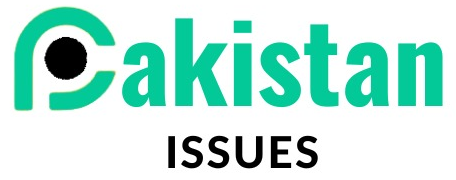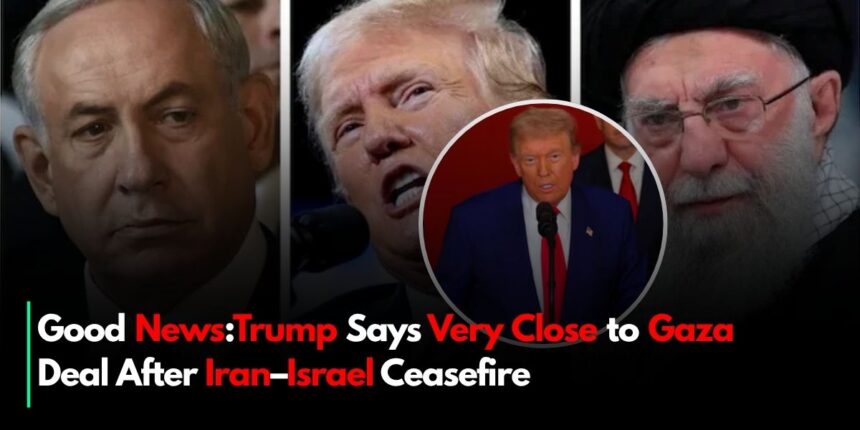There is a rare moment of cautious hope in the Gaza crisis because to recent diplomatic progress. Former U.S. President Donald Trump said at the NATO meeting in The Hague on Wednesday that he is “very close” to getting a ceasefire arrangement for Gaza. He called the announcement “good news” and said it was a big change in a battle that has been going on for more than 21 months and has caused a lot of damage in the area.
Ceasefire Progress
Trump’s declaration came after a surprise truce between Israel and Iran, which the U.S. helped to organise after 12 days of war action. He said that what happened in Iran is now making it possible for things to get better in Gaza. He told reporters, “A lot of good news is about to come out.” He also said that his Middle East envoy, Steve Witkoff, had confirmed that they are “very close” to a deal in Gaza.
This declaration was a big change. Trump said that talks for a ceasefire were already well underway before the U.S.–Iran truce, but he highlighted that the military strike against Iran’s nuclear facilities sped things up.
What the Deal Might Mean
Trump didn’t give any details, but analysts point to prior U.S. suggestions for a 60-day truce arrangement that would include a first phase in which some hostages would be freed in exchange for prisoner releases and humanitarian pauses.
The plan, which Qatar and Egypt endorse, calls for gradual steps towards a sustainable truce. However, there are still big disputes, especially over how to deal with Hamas and Israel’s security needs.
More pressure in the region
The ceasefire between Iran and Israel has eased tensions in the area, making room for more talks about Gaza. Trump called the end of the wider fighting a “military and diplomatic turning point” that makes it easier for ceasefire talks to happen.
Also, high-ranking U.S. officials said that captives were a major topic of conversation. Trump claimed that the talks included talks on phased prisoner exchanges and how they would affect the sanctions situation between Israel and Hamas.
.
What people throughout the world thought
The world quickly reacted to Trump’s announcement. According to Reuters, Egypt and Qatar have kept lines of communication open and have been working behind the scenes even though there has been bloodshed. President Erdoğan of Turkey also called for a lasting ceasefire in Gaza, saying that discussions between Iran and Israel may lead to peace in the whole area.
Amnesty and UN officials, on the other hand, hailed the signals of development but warned that progress had stalled in the past. A spokesman from a humanitarian watchdog group said, “Ceasefires must be backed by guarantees of protection, aid, and accountability.”
What Could Go Wrong
Not everyone agrees with Trump’s confidence. Israel has been very clear about what it wants to do to stop Hamas from being able to fight. Hamas, on the other hand, wants guarantees of sustainable peace and for Israel to leave the territories it has taken along the border. In the past, ceasefires have fallen apart because of these kinds of arguments.
Experts say that even if tensions between Iran and Israel relax, the conflict in Gaza needs to be looked at in a bigger way, including security, rebuilding, political governance, humanitarian corridors, and developing confidence over the long term. If there is a problem in any of these areas, the existing truce could fail.
Bottom line: Trump’s hopeful tone, calling the Gaza plan “very close” and “good news,” blends military strength with diplomatic reach. The halt between Iran and Israel has opened the door, and with U.S. diplomats working hard, a ceasefire deal may be possible. Nukes. But success depends on weak trust, clear promises, and everyone being prepared to follow the text and spirit of any agreement.








